Discover the World of Japan Ramen: A Mouthwatering Journey Through Japan's Beloved Noodle Dish
Japan is a country rich in culinary traditions, and one of the most popular dishes among locals and international food enthusiasts alike is Ramen. This delectable Japanese cuisine has gained global recognition and has become synonymous with Japan's food culture. In this Japan Crate exclusive, we'll take you on a gastronomic journey through the world of Japanese Ramen, exploring its history, regional variations, and what makes it so special.
The Origins of Ramen
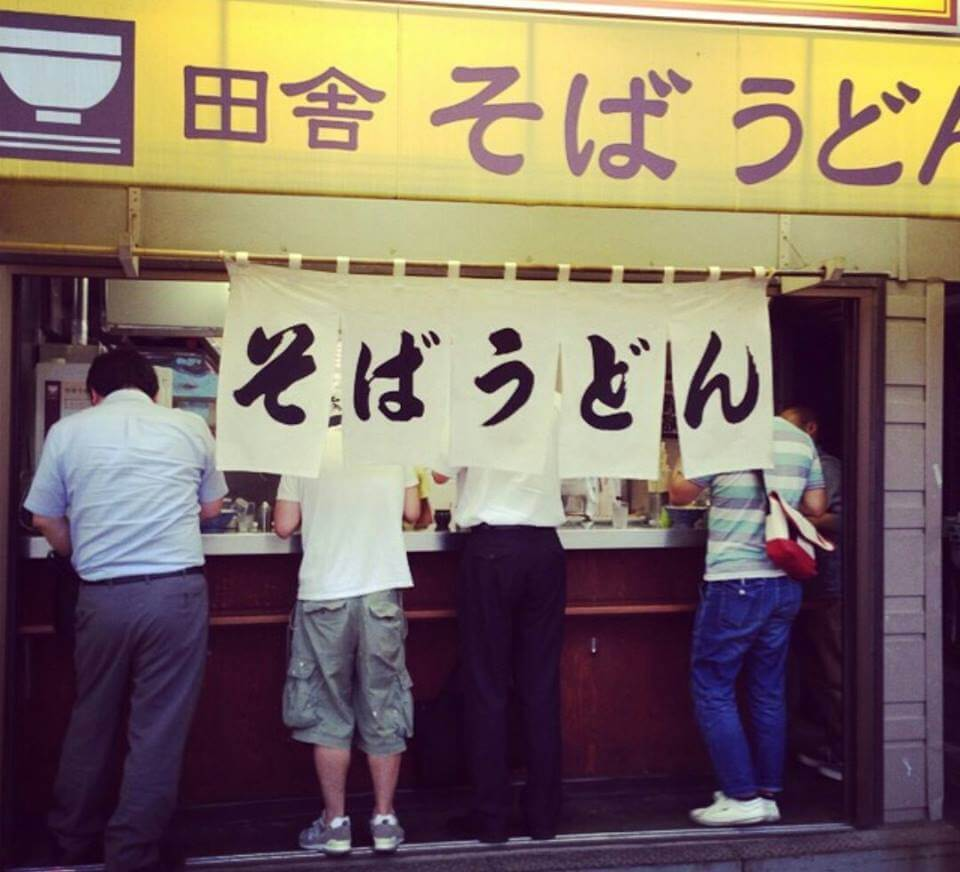
The origins of Ramen can be traced back to China, where it began as a noodle dish called "Chinese soba" or "Shina soba" (支那そば), which means "Chinese-style noodles." The dish made its way to Japan during the late 19th century when Chinese immigrants brought their culinary traditions with them.
As Japan began to modernize and urbanize, the appetite for convenient and affordable meals grew. Ramen filled this need, and soon small Ramen stalls began popping up across the country, particularly in port cities like Yokohama, with a large Chinese community. These early Ramen stalls primarily served Chinese-style noodles in a simple soy sauce-based broth, and they catered to the Japanese working class, who appreciated the dish's affordability and quick preparation time.
Over the years, Ramen evolved and adapted to Japanese tastes, from miso ramen, shoyu ramen, shio ramen, and tonkotsu ramen. Chefs experimented with different ingredients, creating new variations of the dish. The addition of kansui, alkaline mineral water, to the noodle dough gave Japanese Ramen noodles their characteristic springy texture and yellow color.
Ramen continued to gain popularity in Japan throughout the 20th century. After World War II, the influx of wheat flour from the United States led to a boom in Ramen production. Ramen stalls, known as yatai, increased across the country, each offering its unique take on the dish. The 1950s also saw the invention of instant Ramen by Momofuku Ando, which further contributed to Ramen's global popularity.
Today, Ramen has become a beloved Japanese dish that transcends its Chinese origins. Regional variations, inventive toppings, and unique broths make Ramen a culinary symbol of Japan. Its popularity has even led to the opening of Ramen museums and the establishment of Ramen festivals and competitions, celebrating the dish's rich history and ever-evolving flavors.
A Flavorful Fusion of Ingredients
Ramen is a versatile and customizable dish, but there are some key ingredients that form its foundation. The main components of Ramen include noodles, broth, and toppings. Here's a closer look at these essential ingredients:
Noodles
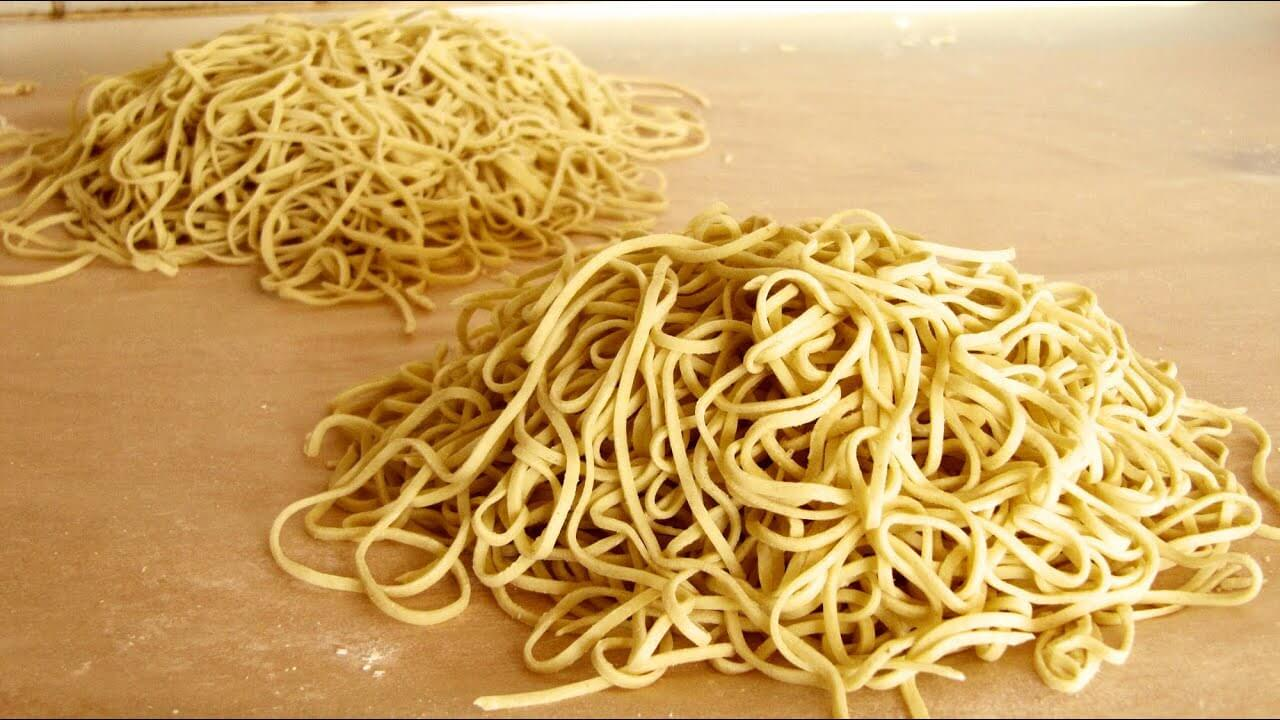
Ramen noodles are made from wheat flour, water, salt, and kansui (alkaline mineral water). Kansui gives the noodles their signature springy texture and yellow color. The thickness, shape, and texture of the noodles can vary depending on the type of Ramen and regional preferences. Some noodles are thin and straight, while others are thick and wavy.
Broth

The broth is a crucial element of Ramen, as it imparts flavor and richness to the dish. Ramen broth can be made from a variety of ingredients, including pork bones (tonkotsu), chicken bones, seafood, or vegetables. The base is typically simmered for several hours to develop its depth of flavor. Additionally, a seasoning, known as "tare," is added to the broth. Tare can be made from soy sauce (shoyu), miso, or salt (shio), and each type of tare creates a distinct taste profile for the Ramen.
Toppings
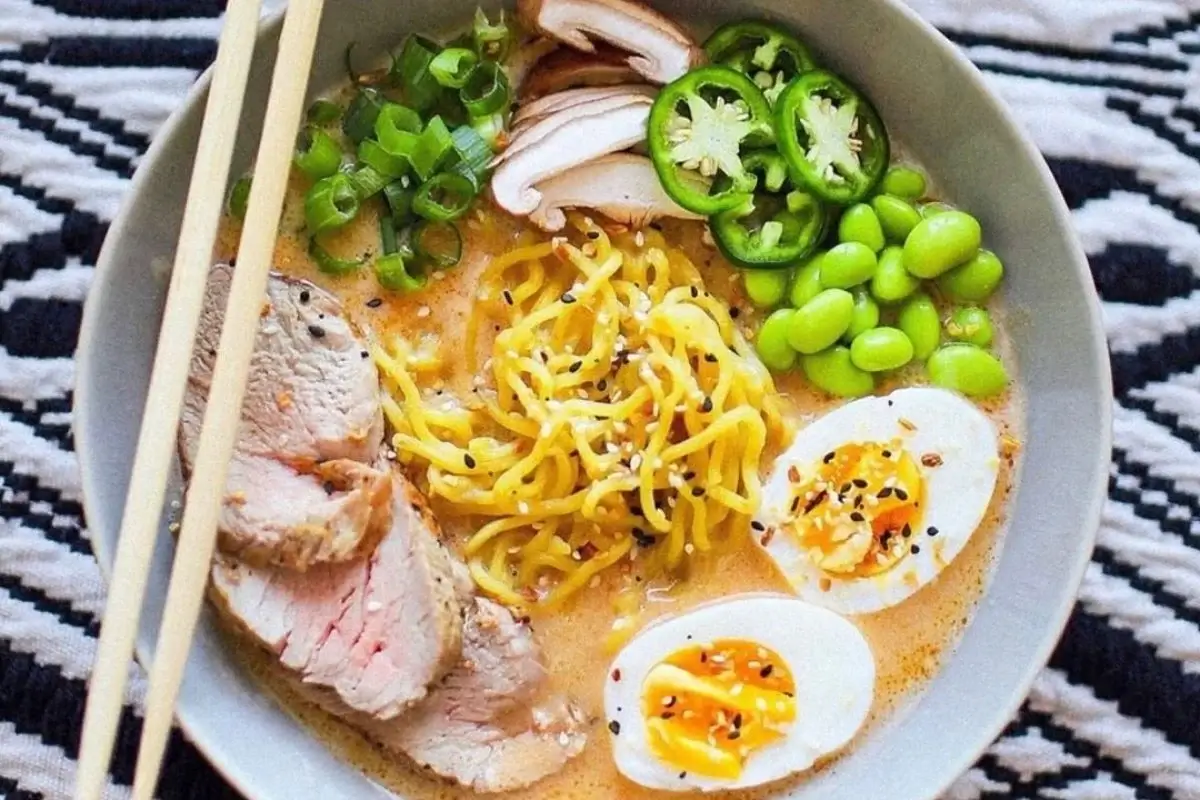
Toppings add flavor, texture, and visual appeal to Ramen. There is a wide range of possible toppings, but some of the most common ones include:
-
Chashu: Thin slices of braised pork, typically marinated in a soy sauce-based mixture.
-
Ajitsuke tamago: Soft-boiled eggs that have been marinated in a soy sauce mixture, giving them a flavorful, slightly sweet taste.
-
Menma: Fermented bamboo shoots, which add a crunchy texture and earthy flavour.
-
Nori: Dried seaweed sheets provide a hint of umami flavor.
-
Green onions: Thinly sliced green onions add a fresh, slightly sharp taste.
-
Bean sprouts: These crunchy vegetables add texture and a light, refreshing flavor.
-
Corn: Sweet corn kernels are often added to miso-based Ramen, especially in Sapporo-style Ramen.
-
Kamaboko: Thin slices of fish cake, which add color and a mild seafood flavor.
These are just some of the basic ingredients found in Ramen, but there are countless variations and combinations to explore. Chefs often put their personal touch on the dish by experimenting with unique ingredients, creating a diverse and ever-evolving world of Ramen flavors.
Regional Ramen Varieties
Japan boasts numerous regional Ramen varieties, each reflecting the unique tastes and ingredients of the area. Here are some well-known regional Ramen styles that showcase the diversity of this beloved dish:
1. Tokyo Ramen
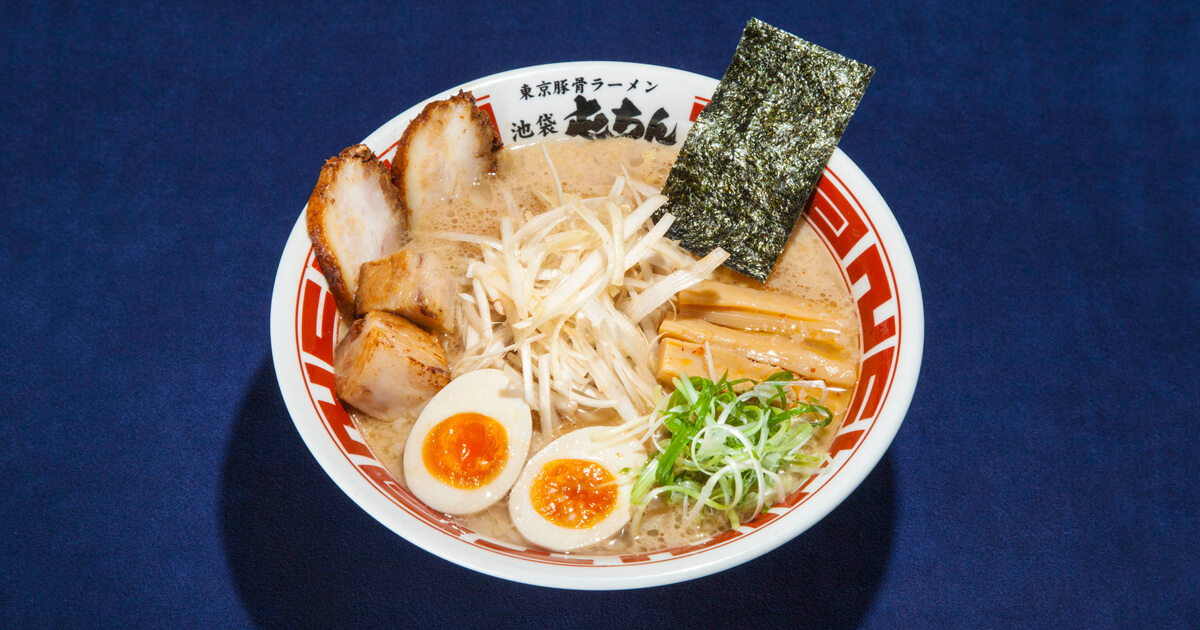
Originating in Japan's capital, Tokyo Ramen is characterized by its soy sauce (shoyu)-based broth, which is typically clear and light. The noodles are medium-thick and curly, and common toppings include chashu (braised pork), menma (fermented bamboo shoots), and nori (dried seaweed).
2. Hakata Ramen
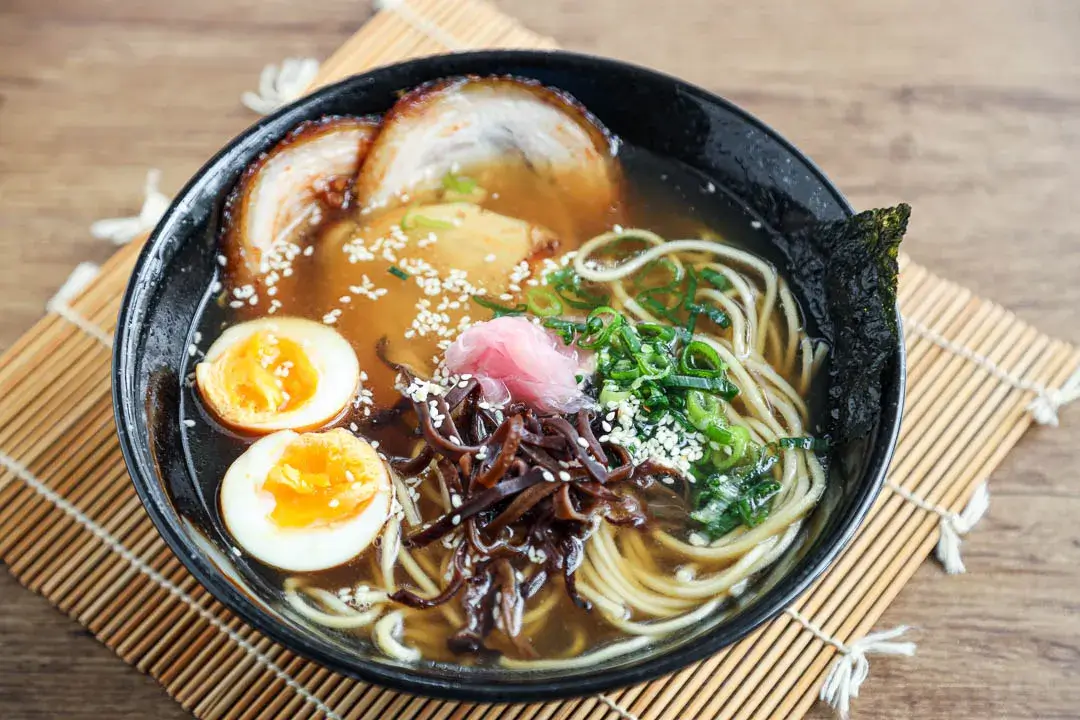
Hailing from Fukuoka on the island of Kyushu, Hakata Ramen features a creamy, rich pork bone (tonkotsu) broth that's simmered for hours to achieve its depth of flavor. The noodles are thin and straight, and the dish is often topped with chashu, green onions, and sesame seeds. Some restaurants offer the option to customize the noodles' firmness and the broth's strength.
3. Sapporo Ramen

This style of Ramen comes from Hokkaido, Japan's northernmost island. Sapporo Ramen is known for its miso-based broth, which is hearty and flavorful. The noodles are typically thick and wavy, and common toppings include bean sprouts, corn, butter, and chashu. Sapporo Ramen is well-suited to the region's cold climate, offering a warming and satisfying meal.
4. Kitakata Ramen
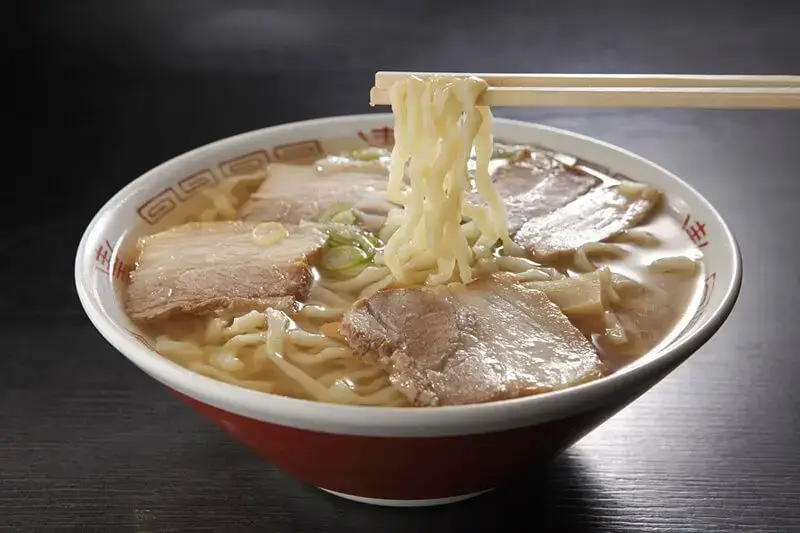
Originating in Kitakata City in Fukushima Prefecture, this style of Ramen features a soy sauce-based broth with a clear, light consistency. The noodles are thick, flat, and chewy, and the dish is often topped with chashu, green onions, and bamboo shoots. Kitakata Ramen is known for its refreshing taste, making it a popular choice for breakfast in the region.
5. Onomichi Ramen

From Hiroshima Prefecture, Onomichi Ramen is characterized by its shoyu-based broth made from a blend of chicken and seafood, often adding rendered pork fat (lard) for a richer flavor. The noodles are flat and relatively thin, and the dish is typically topped with green onions, bean sprouts, and a slice of pork belly.
These regional varieties represent just a small sample of the diverse world of Ramen. Each region in Japan has its unique take on the dish, influenced by local ingredients and culinary traditions. Exploring the different styles of Ramen is an exciting way to experience the rich food culture of Japan.
The Art of Ramen Slurping

In Japan, the art of Ramen slurping is not only culturally acceptable but also considered the proper way to enjoy this delicious noodle dish. Slurping Ramen serves two primary purposes: cooling the noodles and enhancing the flavors and aroma of the dish.
-
Cooling the noodles: Ramen is typically served piping hot, and slurping the noodles helps cool them down before they enter your mouth. By quickly slurping the noodles, you can enjoy the dish at the right temperature without waiting for it to cool down.
-
Enhancing flavors and aroma: Slurping Ramen also allows you to draw in air as you eat the noodles, which helps to aerate the dish and release its aroma. This process enables you to fully appreciate the complex flavors and fragrances of the Ramen. Slurping also creates a vacuum that helps mix the noodles with the broth, ensuring that every bite is infused with the perfect combination of flavors.
While it might be considered rude or noisy to slurp fresh ramen noodles in some cultures, it is a sign of appreciation and enjoyment in Japan. When eating Ramen, don't be shy about slurping loudly – it's a way to show the chef that you're enjoying their creation. In fact, not slurping might be interpreted as a sign that you're not enjoying the meal. So, the next time you're enjoying a bowl of Ramen, remember to embrace the art of slurping. Not only is it a unique cultural experience, but it also enhances the overall sensory pleasure of savoring this iconic Japanese dish.
The Rise of Ramen in Popular Culture
Ramen has become a prominent fixture in popular culture, particularly in the realms of anime, manga, and video games. The dish's captivating blend of flavors, textures, and regional diversity has made it a popular motif in various forms of media. Here are a few ways Ramen has risen in popular culture:
-
Anime and Manga

Ramen has been featured in numerous anime and manga series, often as a favorite food of the characters or as a symbol of friendship and bonding. One of the most iconic examples is the character Naruto Uzumaki from the "Naruto" series, whose love for Ramen is well-known. The Ramen shop Ichiraku is a recurring setting in the series, where Naruto and his friends gather to enjoy a meal together. Other anime and manga series like "Ramen Daisuki Koizumi-san" and "Ms Koizumi Loves Ramen Noodles" center around the characters' passion for Ramen, exploring the dish's various regional styles and flavors.
-
Video Games
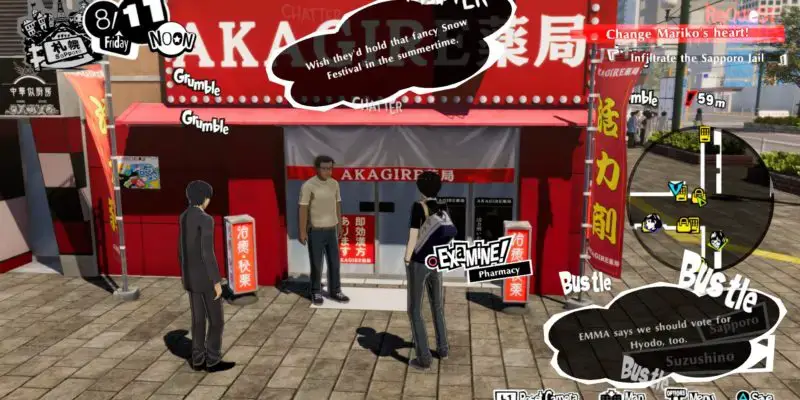
Ramen has also made its way into the world of video games, often as a consumable item that restores health or provides other benefits to the player. Games like "Persona 5" and "Yakuza" feature Ramen shops that players can visit to enjoy a meal and boost their character's stats. Additionally, some games, like "Holy Potatoes! What the Hell?!" feature Ramen as a key dish that players can prepare and serve.
-
Movies and TV Shows
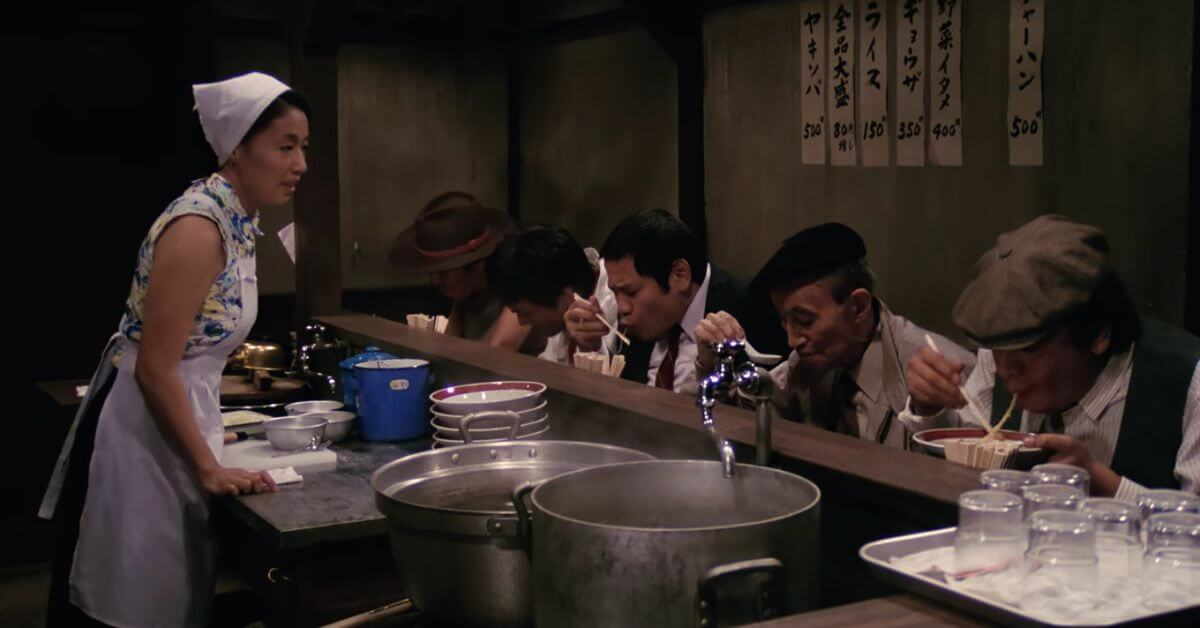
Ramen has been showcased in various films and TV shows, both in Japan and internationally. The 1985 Japanese film "Tampopo" is a classic example, revolving around a woman's quest to create the perfect bowl of Ramen. The film explores the art of Ramen-making and celebrates the dish's cultural significance in Japan.
-
Ramen-themed restaurants and museums
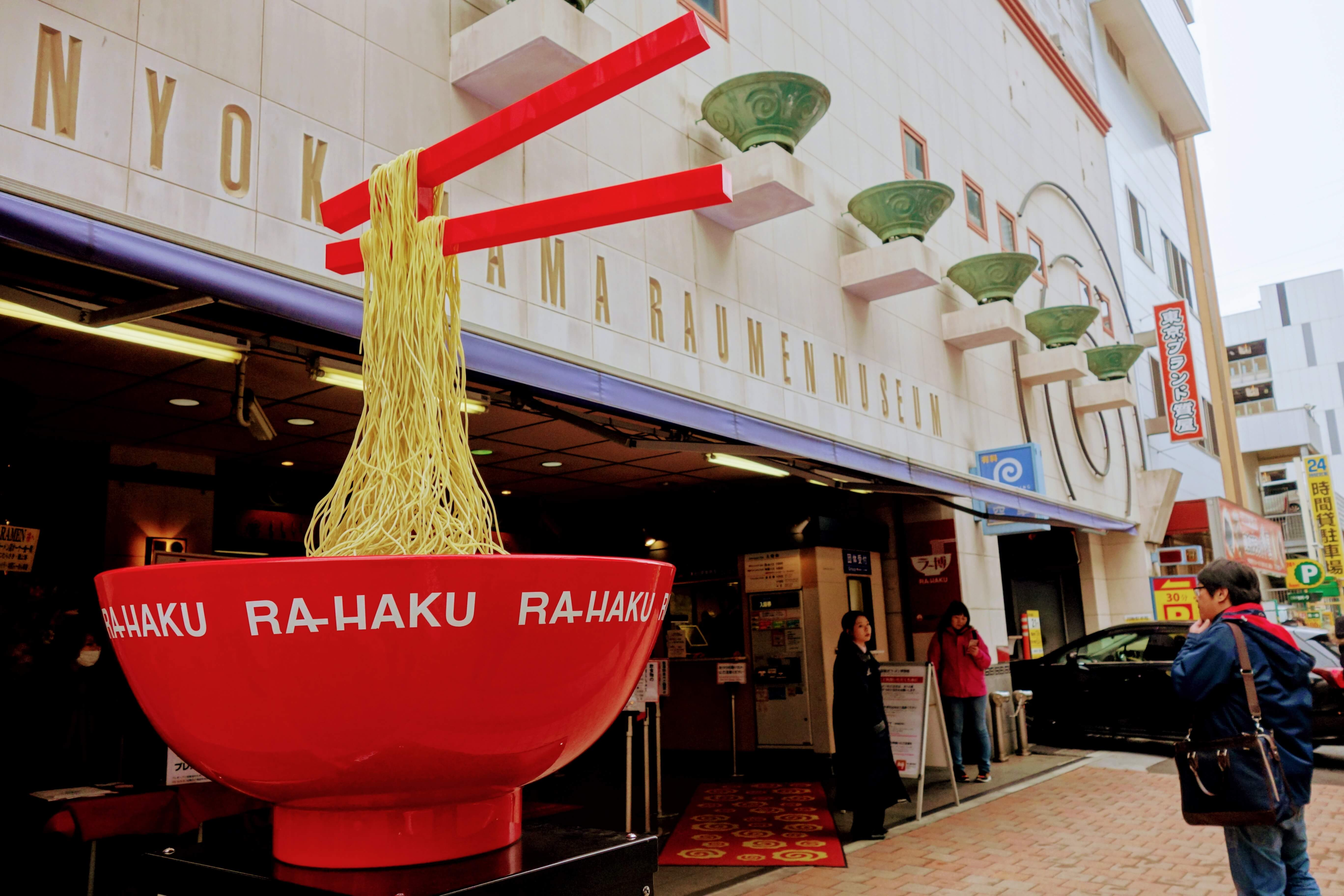
The popularity of Ramen in popular culture has led to the opening of Ramen-themed establishments, such as the Ramen Museum in Yokohama, where visitors can learn about the dish's history and sample different regional styles. Some restaurants also draw inspiration from popular media, like the "Naruto"-themed Ramen shops that have opened in Japan and abroad, capitalizing on the connection between the dish and the beloved anime character.
The rise of Ramen in popular culture has helped to cement its status as a cultural icon, captivating audiences around the world with its rich flavors and intriguing history. Its presence in various forms of media has further inspired a new generation of Ramen enthusiasts eager to explore and savor the diverse world of this iconic Japanese dish.
Famous Ramen Shops in Japan
Japan is home to countless Ramen shops, each offering unique flavors and techniques. Here are some of the most famous Ramen restaurants across the country, known for their culinary prowess and innovative approaches:
-
Ichiran (一蘭)
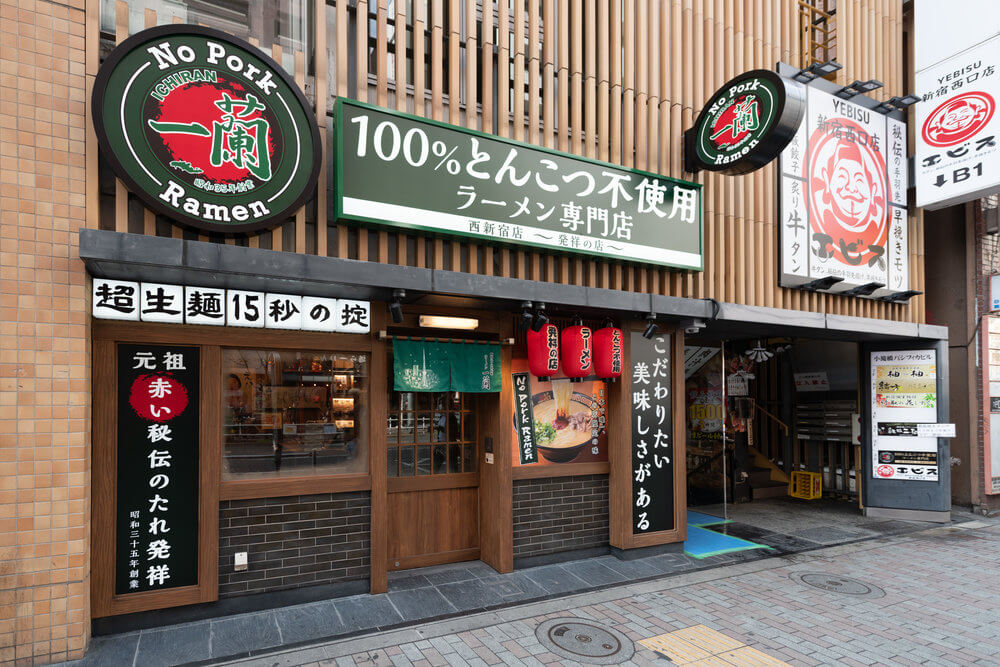
With branches across Japan, Ichiran is famous for its customizable Hakata-style Ramen, which features a rich, creamy tonkotsu (pork bone) broth and thin, straight noodles. Ichiran is also known for its unique booth-style seating called "flavor concentration booths," which allow patrons to focus on enjoying their Ramen without distractions.
-
Ippudo (一風堂)
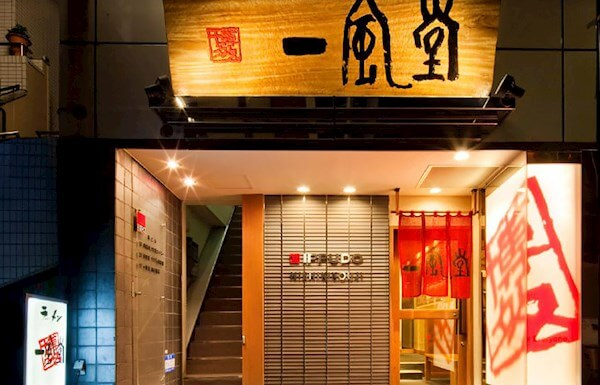
Another Hakata Ramen specialist, Ippudo, has expanded globally, giving people around the world a chance to taste its rich pork broth and springy noodles. Ippudo's Ramen is known for its balanced flavors, and the chain offers a variety of side dishes that complement the main dish.
-
Tsuta (蔦)
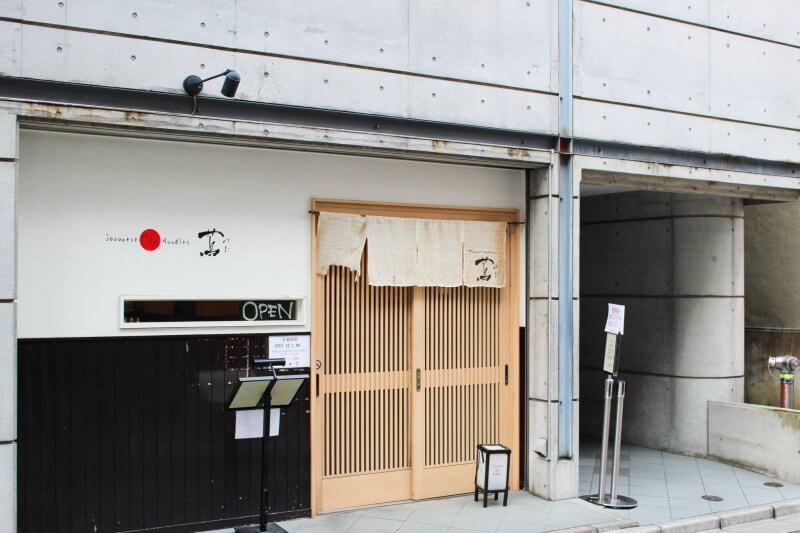
The first Ramen shop to earn a Michelin star, Tsuta, is located in Tokyo and specializes in shoyu (soy sauce) Ramen soup. Its signature dish features a delicate, truffle-infused soy sauce broth and thin, homemade noodles. Due to its popularity and limited seating, guests often have to secure tickets in advance to dine at Tsuta.
-
Ramen Jiro (ラーメン二郎)
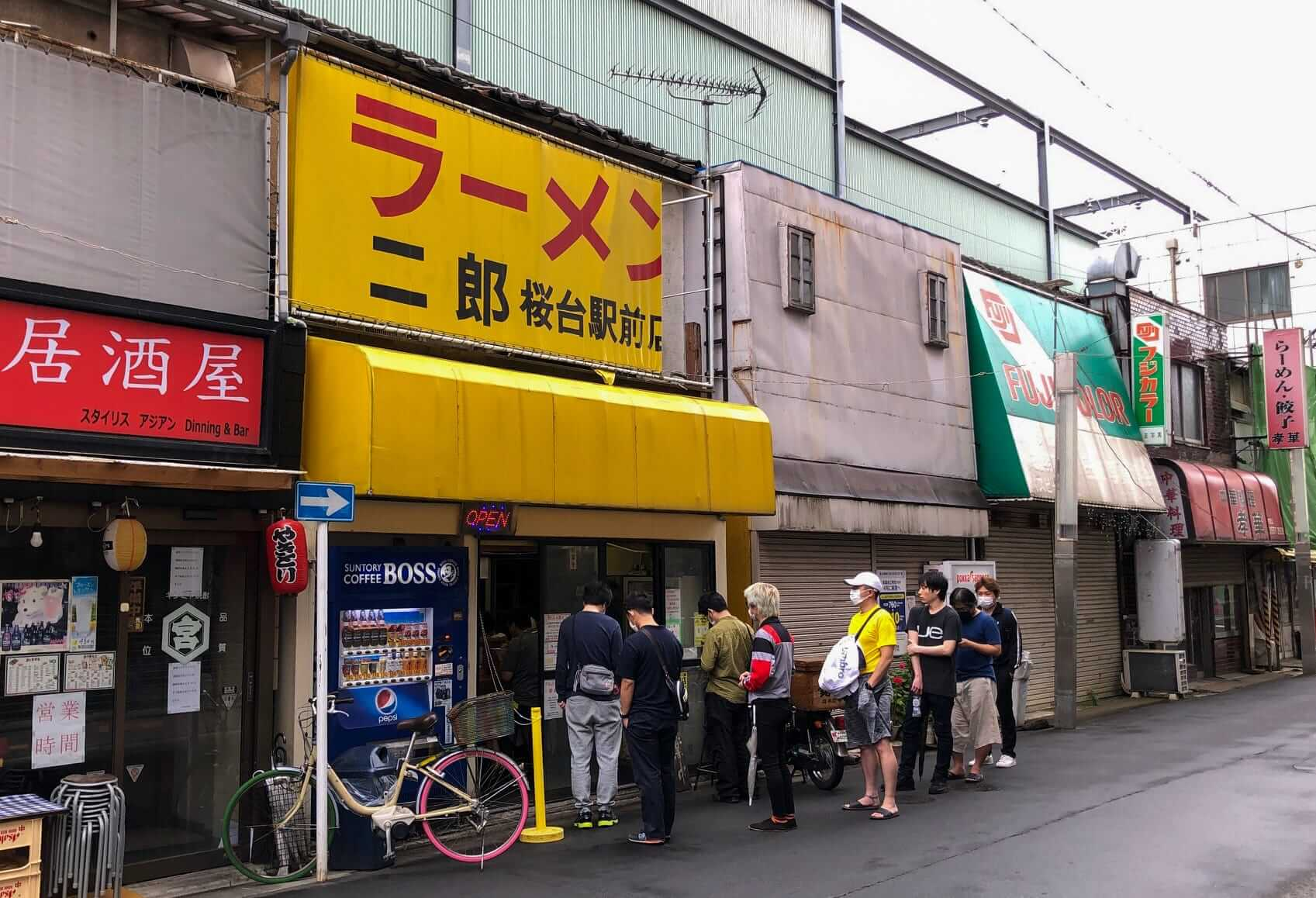
Ramen Jiro is a legendary Ramen chain known for its massive portions and hearty, richly flavored broth. The noodles are thick and chewy, and the toppings include generous amounts of bean sprouts, cabbage, and fatty chashu (pork). Ramen Jiro has a cult following, and its unique style has inspired numerous imitators.
-
Nakiryu (鳴龍)

Another Michelin-starred Ramen shop, Nakiryu, is in Tokyo and famous for its tantanmen, a spicy, Sichuan-inspired Ramen variety. The dish features a flavorful, balanced broth with a hint of spiciness and nuttiness from sesame seeds. Nakiryu also offers other Ramen styles, including shoyu and shio (salt) Ramen.
These famous Ramen shops represent just a fraction of the incredible culinary landscape of Japan. Each establishment has its unique take on the classic dish, and exploring these Ramen shops is an excellent way to experience the diverse flavors and regional styles of Japanese Ramen.
Instant Ramen – A Modern Convenience
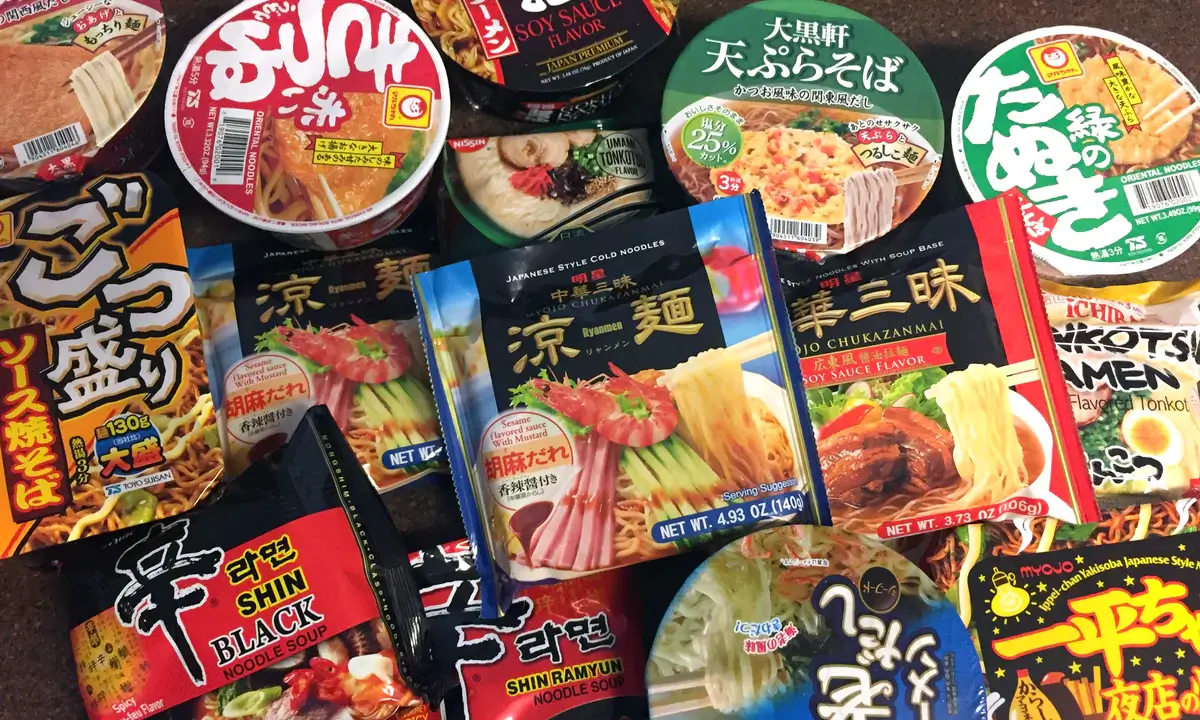
Instant Ramen, also known as cup noodles, is a modern convenience that has revolutionized how people consume Ramen. Invented in the 1950s by Momofuku Ando, the founder of Nissin Foods, instant Ramen quickly became popular in Japan and eventually spread worldwide. Here are some reasons why instant Ramen is so beloved:
-
Convenience: Instant noodles are quick and easy to prepare, making it an ideal meal for busy people on the go. Simply add boiling water to the cup, wait a few minutes, and the noodles are ready to eat. This convenience has made instant Ramen a staple of college dorms, office lunchrooms, and households worldwide.
-
Affordability: Instant Ramen is incredibly affordable, making it an accessible food option for people of all income levels. It's low cost and long shelf life also make it a popular item for emergency food supplies.
-
Variety: Instant Ramen comes in a wide range of flavors and varieties, offering something for everyone. From classic chicken and beef flavors to more adventurous options like curry and kimchi, instant Ramen has evolved to cater to diverse tastes.
-
Global appeal: Instant Ramen's popularity has spread beyond Japan and Asia, with companies like Nissin Foods and Maruchan making it a household name worldwide. In fact, instant Ramen is so ubiquitous that it has even been used in scientific experiments and space missions, thanks to its long shelf life and easy preparation.
While instant Ramen is often associated with a cheap and low-quality food option, the truth is that many brands have improved the quality of their products over the years. Premium instant Ramen brands, like Nissin's Raoh series and Marutai, use high-quality ingredients and unique flavor combinations, elevating the instant Ramen experience to new heights.
Instant Ramen's convenience, affordability, variety, and global appeal have made it an enduring part of the modern food landscape. Despite its humble origins, instant Ramen has proven to be a true culinary innovation, providing a delicious and convenient meal option for people worldwide.
Ramen Festivals and Competitions
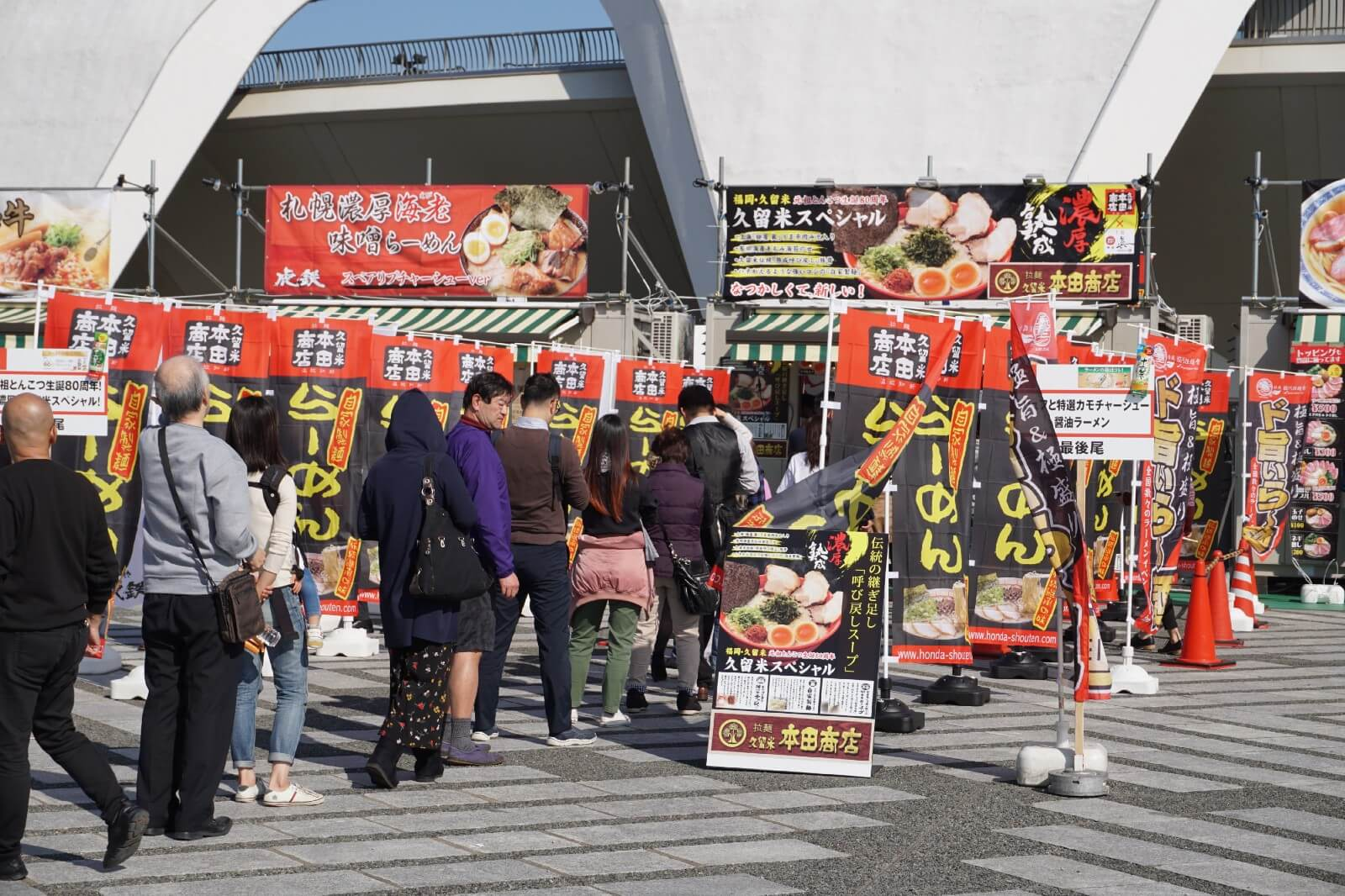
Ramen festivals and competitions have become popular events in Japan and around the world, providing a platform for Ramen chefs to showcase their skills and creativity. These festivals offer visitors the opportunity to sample various Ramen styles and flavors from different regions, creating a vibrant celebration of this beloved dish. Here are some of the most well-known Ramen festivals and competitions:
-
Tokyo Ramen Show: The Tokyo Ramen Show is a massive event held annually in the capital city. Over 40 Ramen shops from across the country gather to showcase their unique styles, allowing visitors to sample various broths, noodles, and toppings. The festival also includes live performances and other food stalls, creating a lively atmosphere.
-
Cup Noodles Museum: The Cup Noodles Museum, located in Yokohama, is a museum dedicated to the history and culture of instant Ramen. In addition to exhibits and interactive displays, the museum offers a "My Cup Noodles Factory" experience, where visitors can create their unique instant Ramen cup.
-
World Ramen Summit: The World Ramen Summit is an annual event held in various locations worldwide, bringing together Ramen chefs and enthusiasts from different countries. The summit includes Ramen-themed seminars, panel discussions, and workshops, allowing participants to learn about the latest Ramen trends and techniques from experts in the field.
-
Tokyo Ramen Championship: The Tokyo Ramen Championship is a competitive event where Ramen chefs from across Japan compete to win the title of "Best Ramen." The competition includes various categories, such as tonkotsu (pork bone) Ramen and miso Ramen, and judges evaluate the entries based on taste, presentation, and originality.
-
Cup Noodles Eating Championship: The Cup Noodles Eating Championship is an annual event held in Los Angeles, where contestants compete to see who can eat the most instant Ramen cups in a given time. The competition is part of the larger "Ramen Fest" event, which includes various Ramen-themed activities and vendors.
These festivals and competitions highlight the enduring popularity of Ramen and the unique culture surrounding this iconic dish. They offer a way for Ramen enthusiasts to come together and celebrate their shared love of the dish while also providing a platform for Ramen chefs to showcase their culinary prowess and creativity.
DIY Ramen – Experimenting with Flavors and Ingredients
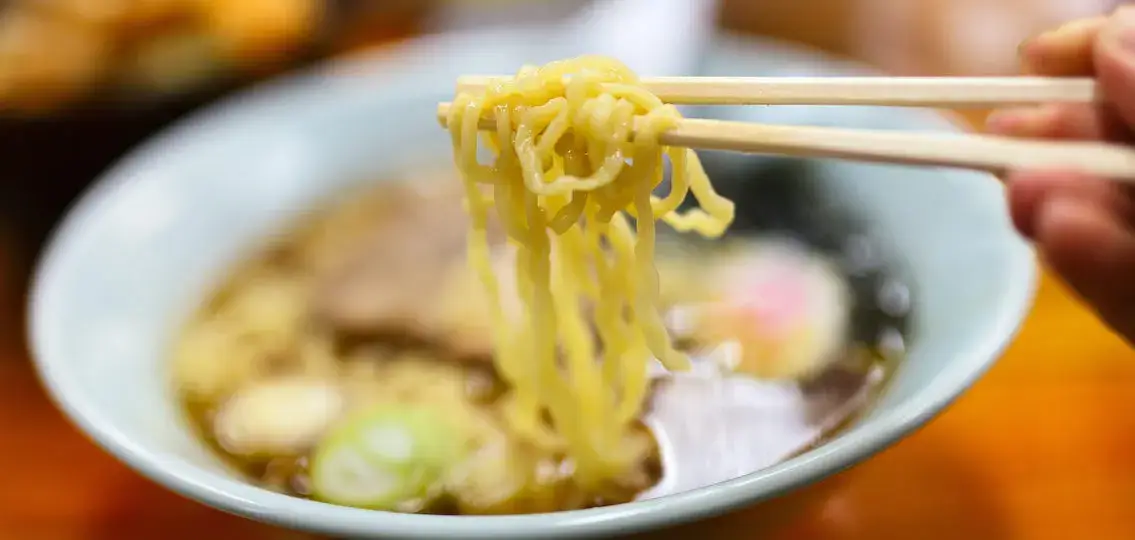
One of the joys of Ramen is the opportunity to experiment with different flavors and ingredients, allowing you to create a personalized bowl that reflects your taste preferences. Making Ramen from scratch can be time-consuming, but there are many DIY Ramen kits and recipes available that make it easier to create restaurant-quality Ramen at home. Here are some tips for experimenting with flavors and ingredients when making DIY Ramen:
-
Broth: The broth is the foundation of Ramen, and there are many different types to choose from, each with its unique flavor profile. Pork-based tonkotsu broth is rich and creamy, while chicken-based broth is lighter and clearer. Miso, shoyu, and shio broths each have their unique characteristics, offering a range of flavor options to explore.
-
Noodles: The type of noodles used in Ramen also impacts the dish's overall flavor and texture. Thin, straight noodles are often used in Hakata-style Ramen, while thick, curly noodles are common in Sapporo-style Ramen. Udon noodles can also be used for a unique twist on the classic dish.
-
Toppings: The toppings used in Ramen are just as important as the broth and noodles, adding additional layers of flavor and texture. Chashu (braised pork belly) is a popular topping, as are soft-boiled eggs, green onions, bamboo shoots, and seaweed. Don't be afraid to experiment with other toppings, like corn, mushrooms, or even fried chicken.
-
Seasonings: Seasonings like soy sauce, miso paste, sesame oil, and chilli paste can be added to the broth to enhance the flavor. Don't be afraid to play around with different combinations until you find a taste you love.
-
Condiments: A final touch of condiments like chilli oil, garlic oil, or vinegar can be added to the Ramen just before serving, further enhancing the dish's flavor.
Making DIY Ramen is a fun and creative way to experiment with flavors and ingredients, allowing you to create a personalized bowl that satisfies your cravings. You can create a unique Ramen recipe that reflects your culinary preferences and tastes by exploring different broths, noodles, toppings, seasonings, and condiments.
How to Enjoy Ramen at Home with Sugoi Mart
Now that you've discovered the fascinating world of Japanese Ramen, it's time to bring this culinary delight into your own kitchen. With Sugoi Mart’s noodle collection, you can experience the authentic taste of Ramen from the comfort of your home:
-
Explore Sugoi Mart’s offerings for delicious options, like Soba and Ramen.
-
Explore our curated selection of noodles featuring regional favorites and unique flavors.
-
.
Conclusion
As we've explored in this comprehensive guide, Japanese Ramen is more than just a bowl of noodles – it's a cultural icon that has captivated food lovers around the world. From its humble origins to its rise in popular culture, Ramen is a dish that continues to evolve and surprise. With Sugoi Mart’s noodle collection, you can embark on your Ramen journey, sampling regional specialties, experimenting with flavors, and delving into the world of instant Ramen. Supplement the delightful ramen offerings with a monthly Japan Crate snack subscription, which includes a mixture of sweet and savory offerings. Subscribe today to begin your adventure into the flavorful universe of Japan.
Author Bio




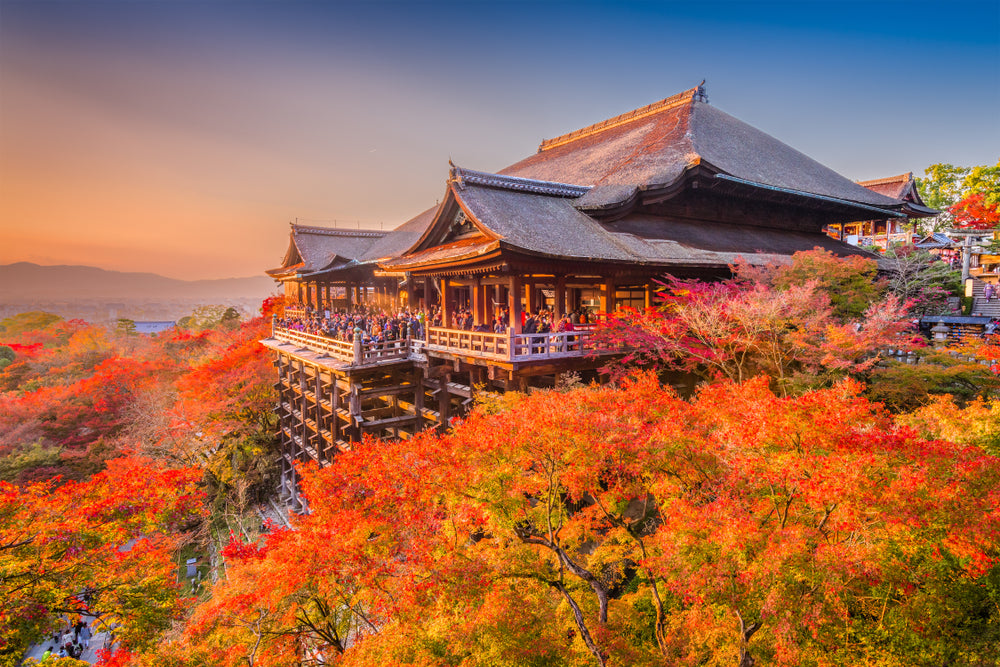


Leave a comment